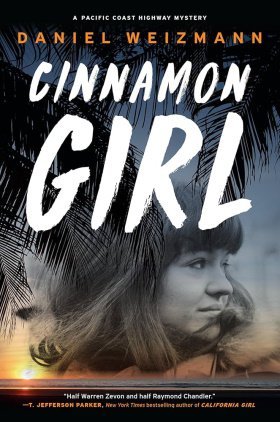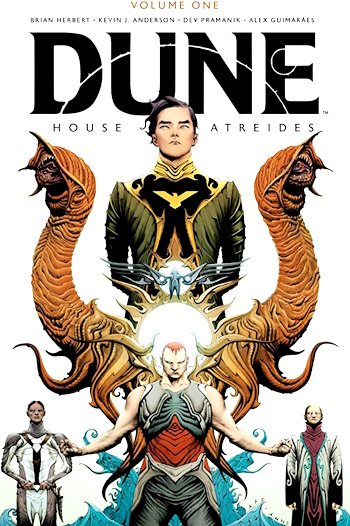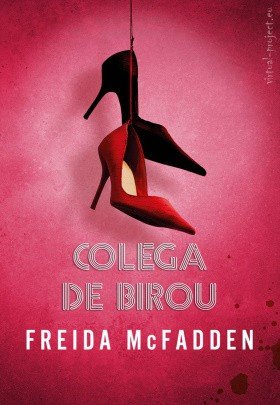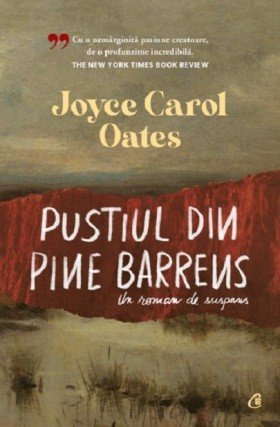I walked him up the stairs and saw him in, and he mumbled an embarrassed thanks. Then Devon Hawley Senior stepped inside, into the darkness, and closed the door.
I went down the stairs and back across the cul-de-sac to get into my car. I popped the Luger in the glove box. As I started the ignition, the sight of Hawley’s garage door in the lamplight stopped me cold and the full force of time hit me in slo-mo, like a sugar cube refusing to dissolve. This is it. This is where they played.
Back home, frantic, I tried to review all the photos on my phone—the shots of the corkboard collage I’d taken at Hawley Junior’s Silver Lake pad. I even held a square magnifying glass up to the phone, but it was hard to focus. Finally, in a fit of frustration, I hit the tiny administrative office downstairs and started printing out every snap in multiples—enlarging some, cutting multiple crops, super close-ups, overlapping combos. At some point the color cartridge began to run out and the prints started coming out streaked, tinted, lined, and finally cloudy gray like a fading dream—I didn’t care. I kept printing, chastising myself that I’d waited this long.
Somewhere in that collage was what Hawley knew. Somewhere in there was whatever he wanted to tell Charles Elkaim about his innocent son. And I had a feeling—a raging hunch—that he knew something about Cinnamon, something.
Last print, I grabbed my stack of paper and the old Scotch tape dispenser and pushed open the door to my room, took down the big, framed Chaplin poster, City Lights. Then I started taping, sheet by sheet, a crazed, fractured quilt of a collage, a re-creation of Hawley’s wall, but insane.
It was all there—the flyers, photo strips, yearbook pages, all of it glaring and misshapen in random angles now. I noticed some things I hadn’t before—a Polaroid of young Lazerbeam studying a recording console, an ad for KRTH 101 Golden Oldies at 1—didn’t say Kip and Rog, but it could’ve been them. I stood inches from the wall and let the mosaic wash over me. Up close and blown up, Emil’s student ID card was more ominous than charming, the backdrop behind him glowing blood red, his eyes cautious, discerning, maybe secretly a little frightened of the brave new world he’d been thrust into. Also…fatalistic.
This isn’t going to work, those eyes said. This isn’t going to play out legit.
How did he know?
And on the ID, underneath his pic in a bold box: CARD VOID UNLESS ADMISSIONS OFFICE VALIDATION FOR CURRENT SEMESTER APPEARS ON REVERSE SIDE. The American high school was like a prison in its way—step out of line, you’re finished.
I walked around the collage, scoured every corner, every sheet, anxious, brooding.
The Daily Telegraph at the Natural Fudge.
A ticket for “Meet the Bangles at Rhino Records.”
A guitar pick that said McCabe’s Guitar Shop Santa Monica in hokey letters.
Then: Fairfax High Yearbook ’82, page 64, sophomore portraits, Gregson thru Jeffries. And smack dab in the middle, there was Hawley, Devon, looking slightly out of step in his blond curls and Roger McGuinn granny glasses, surrounded by portraits of surfer dudes, Latina chicks with high hair like Vanity 6, one or two scowling close-cropped punkers, one Black girl with cornrows, a headband, and a big stoney smile, and a smattering of so-called normals—kids of all races who didn’t or wouldn’t or couldn’t play the culture game.
I backed up to take in the big picture—the mind-blow mixed-up chaos of it. Sometimes you need the big picture to catch the detail. I backed right up to the futon bed, then I sat like a mental patient on Thorazine and stared the whole thing into a blur.
Who framed Emil Elkaim?
The answer was in here; it had to be.
And that’s when I saw a splash of faded yellow—lower right, a printout of a square chunk torn from the Yellow Pages with frayed edges, business listings, and cheapie ads. Ant Man Pest Control, B&P Locksmith, Couch Appeal Upholstery, Dogs of Yesteryear—that name hit me funny. I figured it for a pet groomer, but I hopped off the futon for an up-close, dropped to my knees to see, and got a jolt of electricity. At the top of the scan—YELLOW PAGES 1998 LOCAL, and then, in finer print: Cabazon/Palm Springs/Cathedral City/Palm Desert/La Quinta.
I pulledout the cell phone and googled palm springs dogs of yesteryear.
Antiques and Collectibles, located at Vintage Market, 537 E. Sunny Dunes Rd, Open Tues – Sun 10 am.
The Dogs of Yesteryear.
They didn’t wash dogs.
In the morning I showered, hit the road, grabbed Starbucks drive-through, and headed for the desert.
 27
27
Seventy miles per hour under the big black sun—the 10 East snaked through some of the poorest counties in Southern California, flooded by a special kind of heat, the kind that underscores lack. All the way, KSRF-AM played the oldies as I pressed the accelerator against the rhythm. “Judy in Disguise,” “Surf City (Here We Come),” “Incense and Peppermints”—songs of innocence. But fifty years later, was clinging to these melodies still innocent?
No, it was more like a salve against experience.
I dialed Endi.
“I’m out for the day—I just wanted to hear your beautiful voice.”
“Where are you going?”
“Palm Springs. I got a long-distance pickup.” Once again, I found myself fibbing without premeditation, swerving from the unexplainable. “But I should be back before tonight.”
“Come over for dinner?”
“If I get back in time, absolutely.”
It was high noon as I pulled onto CA-111—twenty minutes to La Quinta Highway. The giant spinning fans at the desert delta were tranquil in the oily heat, but the sight of them whirled me back to the stark, arid present. I was on the hunt for a woman who only one day ago had been dead forty years. And the rumors about her hadn’t been good, nothing like I remembered her. The way people talked, Cinnamon Persky came off reckless, dangerously ambitious, one of these operators that breaks hearts and contracts and never looks back. For all I knew, she set her boyfriend up for the prison yard. For all I knew, she faked her own death over the corpse of an actual person. If she was alive—and how could she be—she was running from something, maybe justice.
But dead or alive, she was the missing puzzle piece.
I took South Palm Canyon to East Palm Canyon and parked in a large mini-mall about thirty yards from Dogs of Yesteryear. The hand-painted sign boasted 20th Century Rejects in flowing purple cursive.
I pressed my nose to the glass window, shaded my eyes, and peered in.
Antiques, lots of ’em, in multiple displays, each with their own placard. The place was some kind of seller’s co-op, eBay for real life. Well—why the hell not. Palm Springs was Boy’s Town, Camp Mecca, and finally the name made sense: every object in there, from the Singer sewing machine to the framed authentic replica of the Declaration of Independence, glowed with the intensity of the abandoned. Rows of clutter, Mickey Mouse phones and 78 rpm booklets, boxes of postcards labeled Hawaii, Vegas, Pike’s Peak, and studded cowboy name belt buckles in a big pile, green-headed space-age monster dolls in clear plastic bubbles dangling from the ceiling and model WWII battleships placed on a rug-map of the world circa 1498, with a faux fifties living room setup in the middle.
But there were also seven or eight real live dogs sleeping around that living room setup, a bulldog and two labs, a beagle and a few mutts, all kinds of pooches flopped out here and there. They didn’t stir much, but they added to the chaos, the endless rows and stacks and corners of shrapnel from America the Great. If Devon Hawley Junior’s workshop was a perfect, controlled miniature of the world, this was where you learned the truth: the real world was dizzying, uncountable.
A cheesy little electronic doorbell bing-bonged as I entered, setting off a hectic chorus of canine yelps—they were all over me.
“Poolside,” a woman said firmly without yelling. The dogs didn’t back down and so she said it louder: “Pool. Side.” This time, the hounds dispersed. She turned to me and said, “Sorry, I’m a rescue, they won’t bite.” She smiled. “Not unless I tell ’em to.”

























